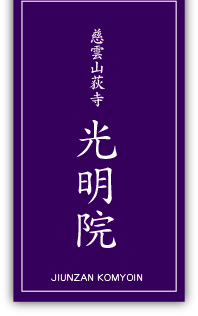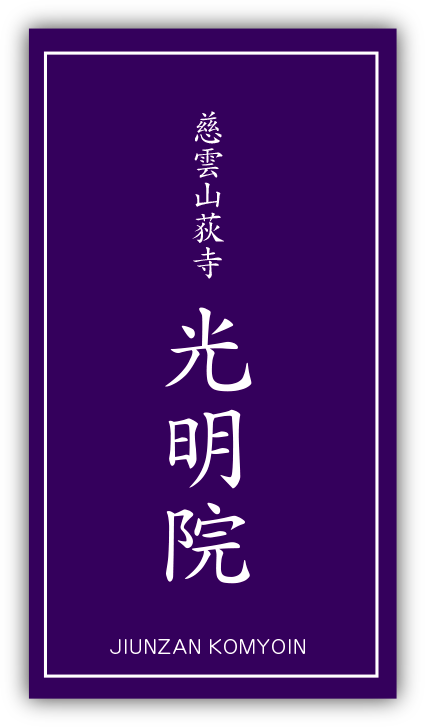
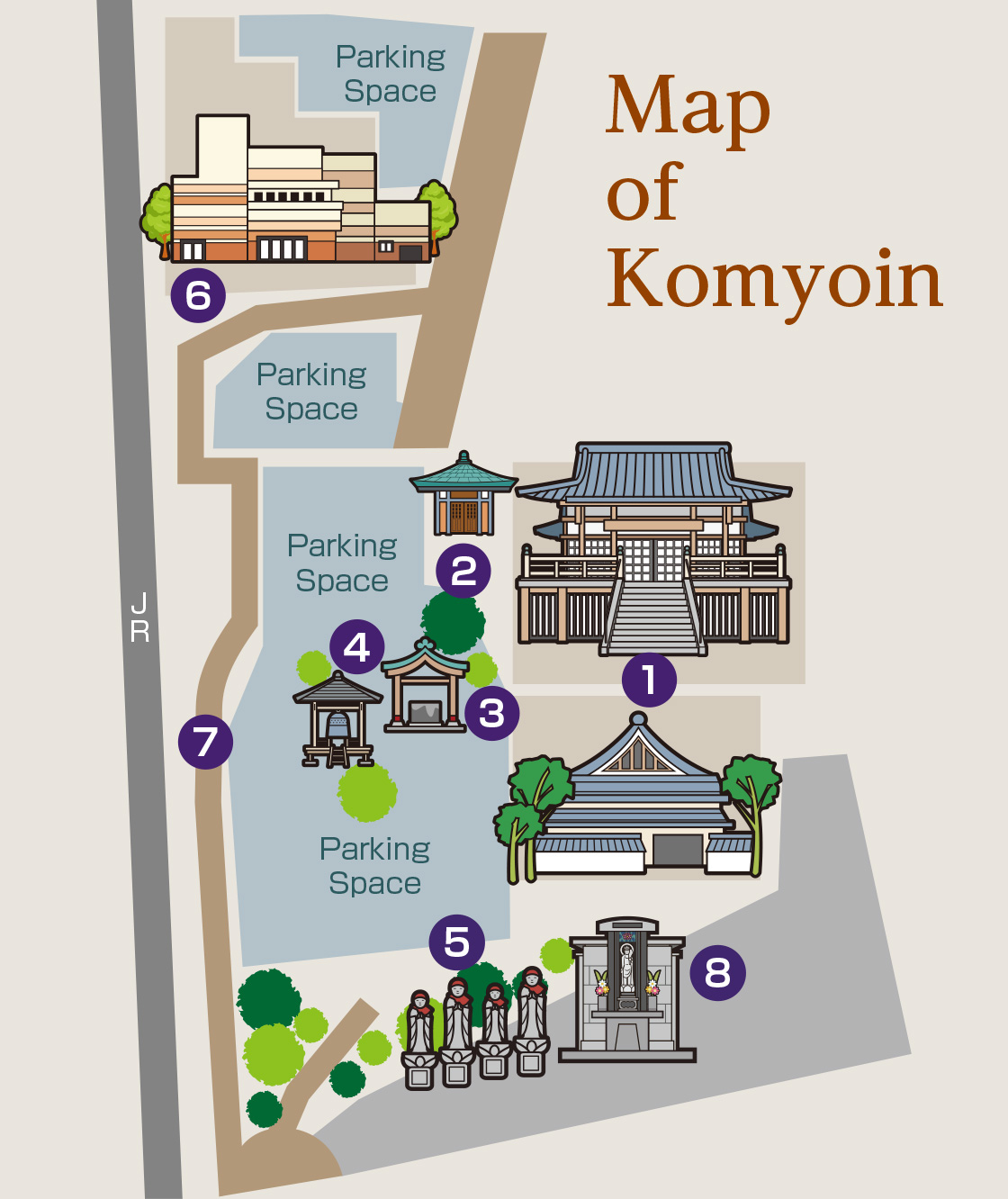
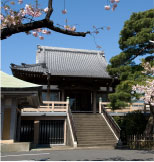




The temple main image is a statue of the seated Bodhisattva of Compassion Kannon dating from the 13th century. It was familiarly called the Get-together Kannon because, in the past, summer festivals held at this temple were occasions when men and women could get together.
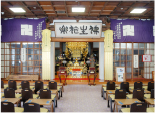


The present Main Hall is a rebuilding built 10 years after a fire destroyed its predecessor in 1840. In 1888, when the present Japan Railways Chuo Line was laid, the building was moved to the north side of the site. Then, in 1969, on the occasion of the creation of the new Kannon Hall, it was rebuilt on its present location.
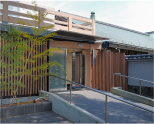


This large funeral hall seats a maximum of 1 50 people. Available for use to the general public, it accommodates various forms of funeral services.
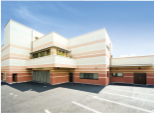


People other than parishioners of the temple may use the funeral hall, located on the first story. The rooftop garden is for the relaxation of visitors to the ossuary, on the second story.



Enshrined in this hall and flanked by secretary-like assistants, Emma Daio, the King and Judge of the Afterlife, glowers at pilgrims making their way to the Main Hall.
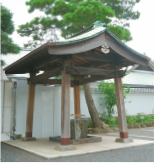


This hand-washing font is said to have been donated by nearby villagers in memory of neighbors who perished in a famine in 1682.
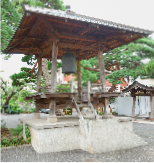


The belfry was created as a prayer for peace. In the past, the bell was rung three times daily: morning, noon, and evening. It became famous when the author Akatsuki Kambayashi (1902—80), who lived nearby, published an essay entitled “The Sound of the Komyo-in Bell” in the journal Bungei Shunju. At his funeral, held at this temple at the request of his family, many literary figures rang the bell in prayer for the repose of his spirit.
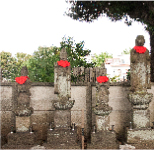


To find relief from sorrow at the successive deaths of his parents and wife, Kichibei Kobari, who ran a noodle shop in Ogikubo, erected a stone statue of the Bodhisattva Jizo at this temple. Though normal at the outset, the face of Jizo gradually assumed a sorrowful appearance and ultimately became what is called the Weeping Jizo. In addition to this figure, Kichibei Kobari erected stone statues of Amida Buddha and the Bodhisattvas Kannon and Seishi.
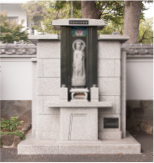


All visitors are welcome to the communal cemetery and Perpetual Memorial, located just within the eastern gate to the Komyoin.
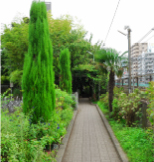


Flowers blooming in season along this free lane, which cuts through the Komyo-in grounds from east to west, delight the many pedestrians passing along it. Reeds—ogi—the word from which the local name Ogikubo derives, are planted there.
